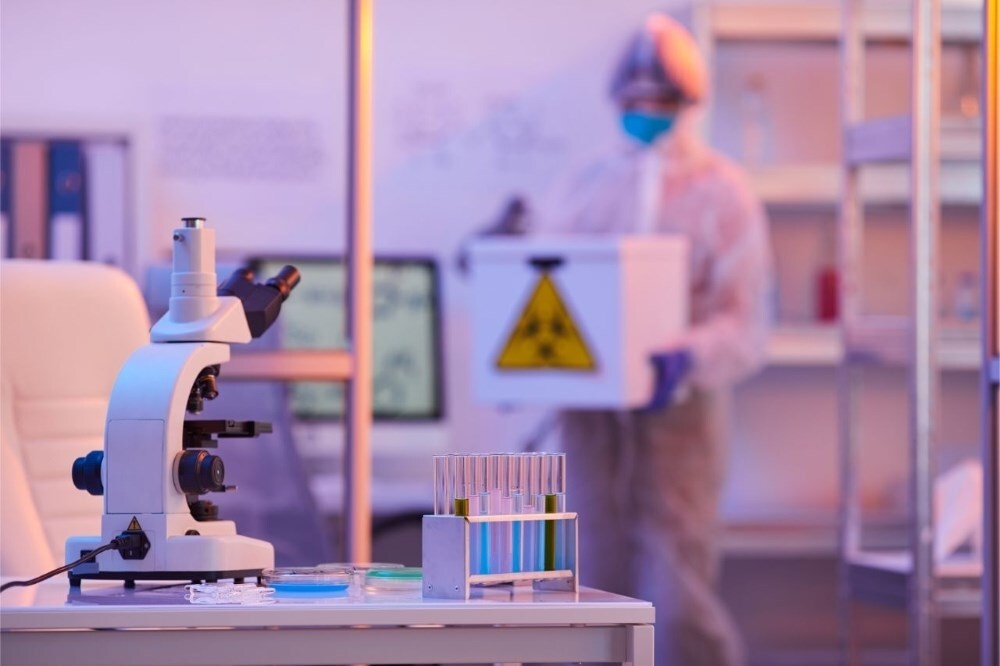

A team of researchers from Jahangirnagar University, Bangladesh University of Engineering and Technology (BUET) and several top international institutions has introduced an innovative theoretical model that utilises aluminium-based nanotubes. This exciting development offers a promising, cost-effective and non-invasive method for detecting lung cancer at an early stage.

On October 7, a team of researchers shared their findings on a groundbreaking aluminium-derived nanotube model designed for the early detection of lung cancer, published in Scientific Reports (Nature). These scientists, hailing from Bangladesh, are also connected with Rensselaer Polytechnic Institute, Florida Institute of Technology and the University of California.
The researchers shared that with the success of gas-sensing technology, they can introduce an innovative method for creating sensors aimed at diagnosing lung cancer. This involves examining how three common volatile organic compound biomarkers, likely acetaldehyde, aniline and isoprene, are absorbed.
Also read: McKesson unveils Foster & Thrive: first OTC brand with eco-friendly aluminium packaging
In their study, the researchers utilised two types of aluminium-based nanotube sensors crafted from aluminium nitride and aluminium phosphide. They applied a quantum mechanical approach known as Density Functional Theory (DFT) to evaluate how well the sensors are performing. Their findings confirmed that all the targeted biomarkers effectively adhered to both nanotubes through an exothermic chemical reaction.
The researchers discovered that aluminium nitride nanotubes were nearly 30 per cent more efficient at facilitating the heat-releasing chemical reaction than aluminium phosphide sensors.
While the research is still in its early days, the results highlight the exciting potential of cutting-edge sensor technologies to identify lung cancer and other diseases from breath samples when they are most treatable.
Current diagnostic tools for lung cancer, such as low-dose CT scans, X-rays and tissue biopsies, come with some serious drawbacks. These include issues like radiation exposure, false positives, high costs and the fact that some procedures can be pretty invasive.
Note: To feature your brand and share insights, contribute an article or interview in our forthcoming e-magazine "End-user Revolution: ALuminium’s Impact on Modern Living"
Responses








